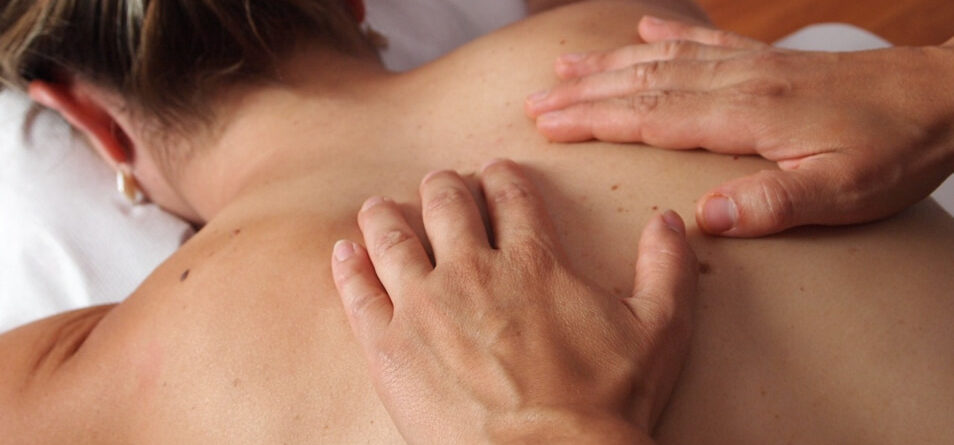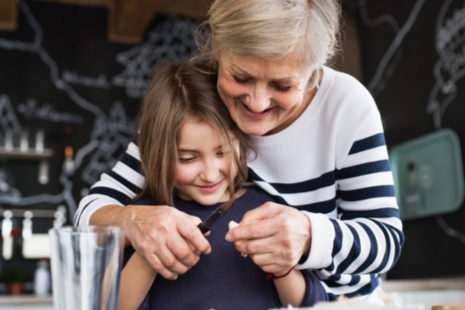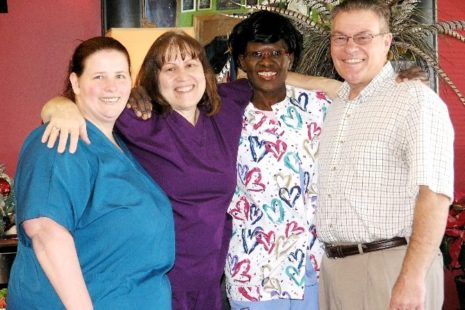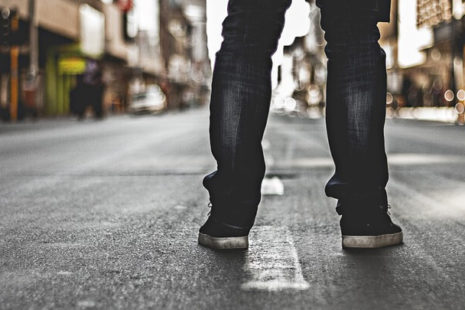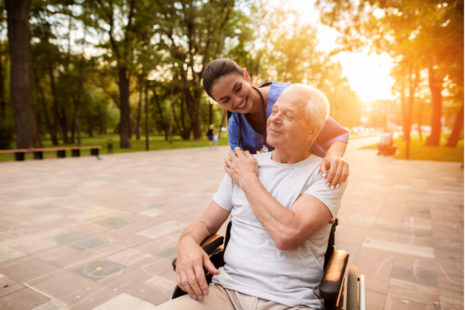Osteoporosis Care Tips
Approximately 53 million people in the United States are living with osteoporosis. Osteoporosis is a form of arthritis that involves bones getting thinner. Thin bone tissue puts the older adult with osteoporosis at risk for fractures and disability. Although osteoporosis is more prevalent in women, men get it, too. Sometimes it can be hard to tell that a person has the condition because the symptoms may not be obvious. However, osteoporosis is a serious medical condition that requires treatment and day to day care.
Why Bones Get Thinner
Throughout a person’s life, the body continuously creates and loses bone tissue. During their younger years, the body is capable of making more bone tissue than it loses. As a result, by the age of 20, the body has created about 90 percent of the bone tissue it will ever make. The majority of people keep making more bone tissue than they lose until around the age of 30. After that, the body makes bone more slowly and loses it more quickly.
Unfortunately, once bone tissue is gone, a person cannot get it back. However, there are ways to support healthy bones and the creation of bone tissue. You can also reduce the amount of bone lost. While there’s no cure for osteoporosis, you can help your aging relative keep their bones as healthy as possible by taking some simple steps.
Nutrition and Bone Health
Most experts agree that there are two main dietary components that lead to better bone health: vitamin D and calcium. Getting enough of both can prevent or slow down bone loss.
Calcium is one of the major substances that are used to produce healthy bone tissue. According to the Mayo Clinic, women over the age of 50 should get 1,200 mg of calcium every day. Men who are 50 and older need 1,000 mg until the age of 70 when the amount goes up to 1,200 mg.
Some foods that are rich in calcium are:
– Dairy
– Almonds
– Broccoli
– Kale
– Canned salmon, including the bones
– Sardines
– Soy
– Vitamin D is necessary to help the body use calcium. Up to the age of 71, the recommended daily allowance is 600 IUs (international units). Once a person reaches 71, they should increase the amount of vitamin D to 800 IUs.
- Food sources of vitamin D are:
- Oily fish (tuna, sardines, etc.)
- Egg yolks
- Fortified milk
- Other fortified foods Sunlight is also a source of vitamin D. Helping older adults to spend some time outside each day can help increase vitamin D levels.
A doctor may suggest that your aging relative use vitamin D and calcium supplements if they are not getting enough of these substances through their diet.
The Importance of Exercise
Exercise helps to strengthen the muscles that support bones. It also increases the demand for bone tissue, prompting the body to make more. In addition, regular exercise can reduce the risk of falls, which can cause bone fractures. Though it sounds contrary, exercise can even reduce pain associated with osteoporosis.
It’s never too late to start exercising, but you should talk to the senior’s doctor before they start a new exercise routine. Exercise safety is extremely important for people with osteoporosis. Choose exercise options that are both safe and enjoyable, which will increase the chances of your aging relative continuing to do them.
In general, people with osteoporosis should include the following kinds of exercise in their routine:
- Strength training. In particular, exercises that strengthen the upper back can help reduce or stop the stooped posture that sometimes occurs with the condition.
- Weight-bearing aerobic exercise
- Exercises that increase flexibility
- Exercises for balance and stability
- Avoid exercises that are high impact as they can lead to bone fractures. It’s best to stick with exercises that involve slow, controlled movements that are gentle on bones and joints. In addition, exercises that require bending and twisting aren’t advisable. They can cause thin bones in the spine to fracture.
More Tips for Osteoporosis Care
Although exercise and a healthy diet are the most recommended tips for osteoporosis care, there are a few other ways you can help a family member with the condition, such as:
- Encourage them to quit smoking. Smoking makes the chances of breaking a bone even greater.
- Monitor alcohol use. Studies show that people who drink excessively have lower bone density. In addition, alcohol use can make a fall more likely. Experts say that it’s best to consume no more than two alcoholic drinks per day.
- Reduce fall risks. Take steps to modify the senior’s house to decrease their chances of falling. Install grab bars in the bathroom and handrails on both sides of steps. Also, reduce clutter in the house and remove loose rugs that could cause tripping.
Another way you can help to protect the bones and health of older adults with osteoporosis is to use home care services. Home care services providers can cook healthy meals that include plenty of calcium and vitamin D. Home care services providers can also remind seniors to take supplements recommended by the doctor. Finally, having a home care services provider may reduce the risks of injuries and falls that could lead to fractures.
Sources
- https://www.webmd.com/osteoporosis/features/build-stronger-bones#1
- https://www.mayoclinic.org/healthy-lifestyle/adult-health/in-depth/bone-health/art-20045060
- https://www.arthritis.org/about-arthritis/types/osteoporosis/self-care.php
- https://www.mayoclinic.org/diseases-conditions/osteoporosis/in-depth/osteoporosis/art-20044989
- https://www.medicalnewstoday.com/articles/155646.php
If you or an aging loved-one are considering hiring Home Care Services in Sun Lakes AZ, please contact the caring staff at Progressive Care today.
Affordable In-Home Care in the Wichita Metro Area. Call Today: (800) 699-4781 or (316) 691-5050.


